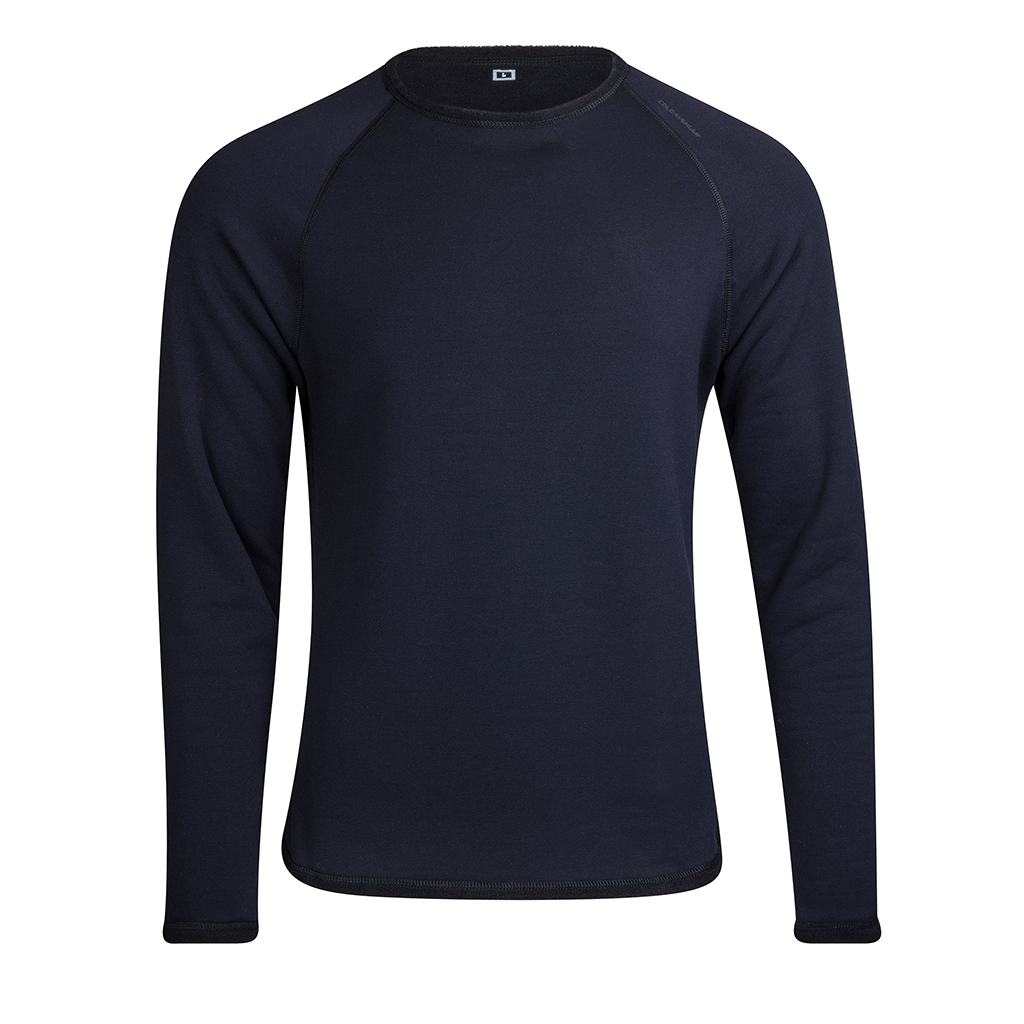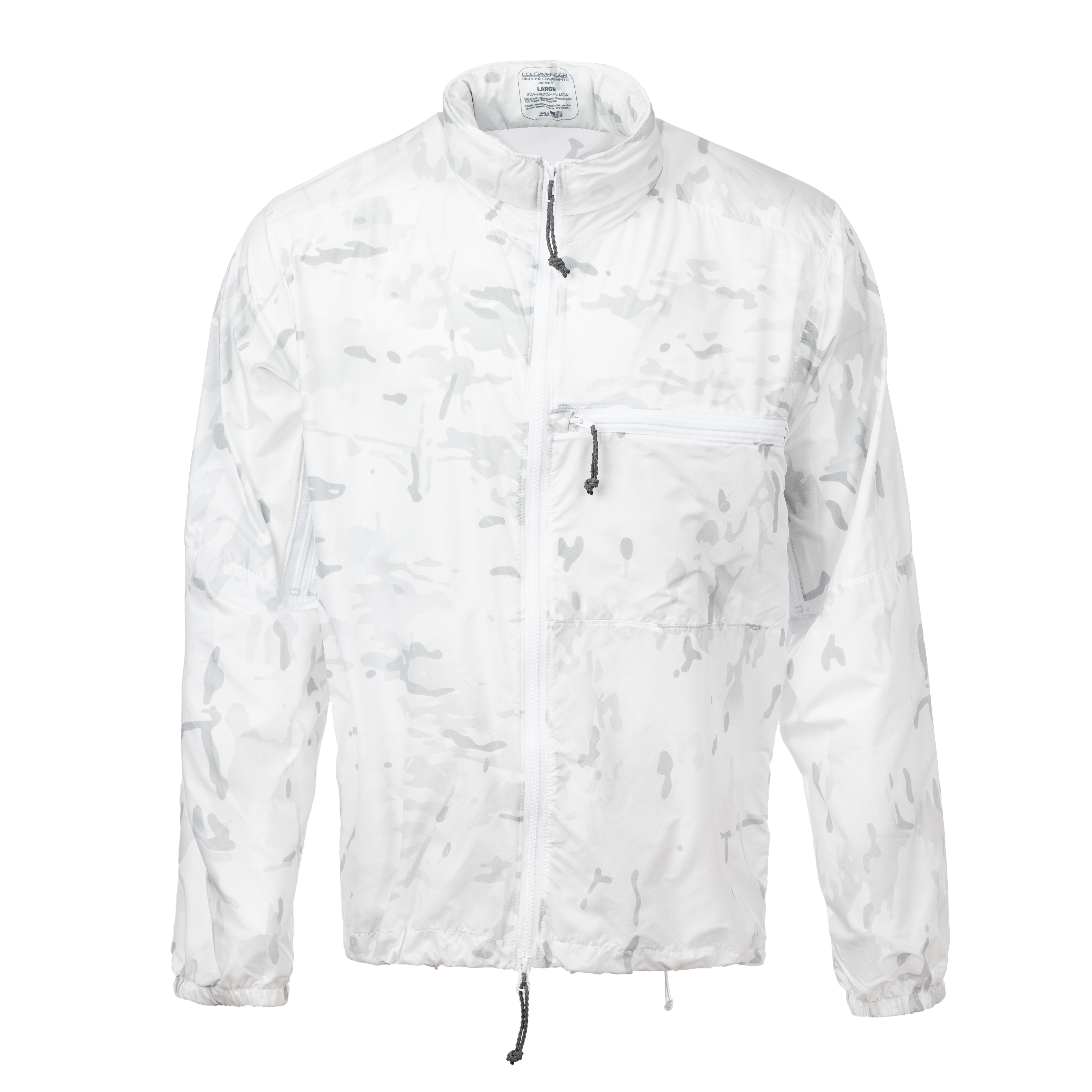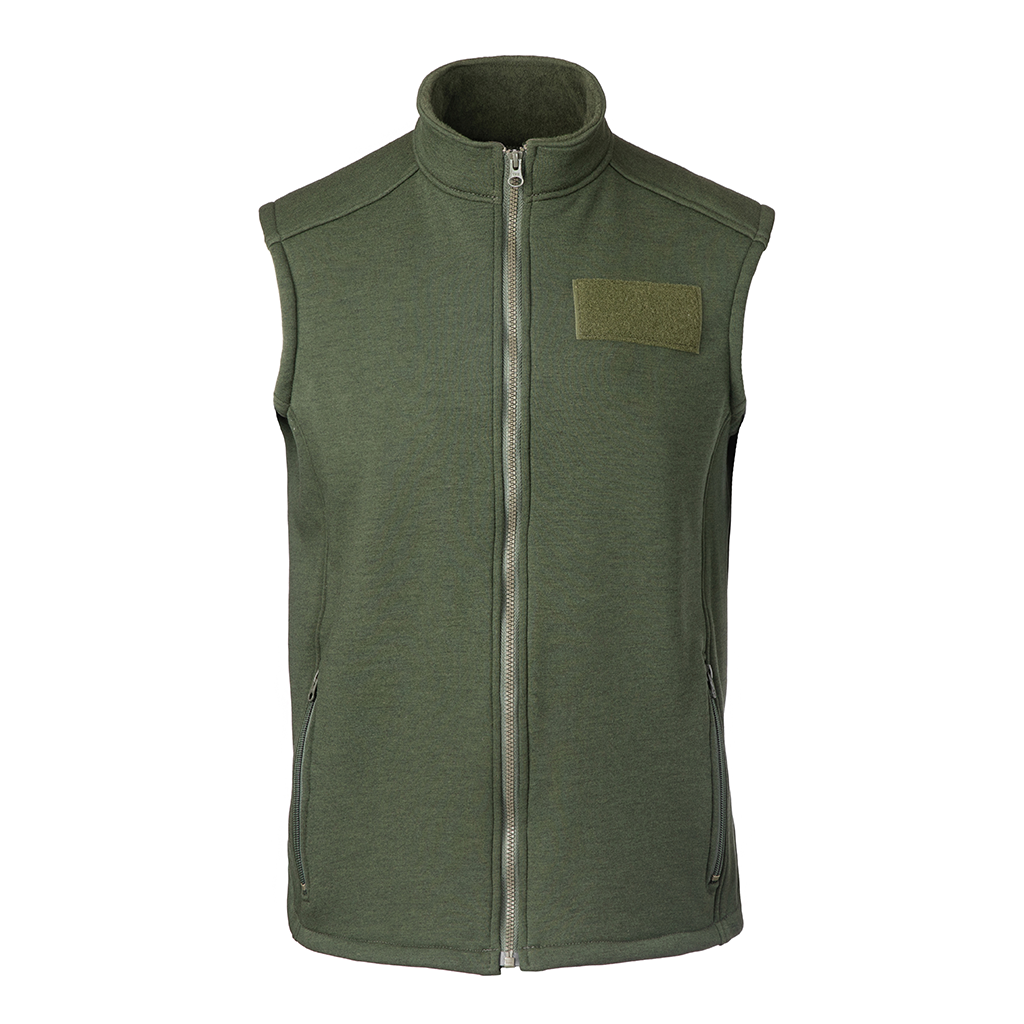Working in cold storage facilities can be taxing on the body. Here are some tips taken from the Food and Agriculture Organization of the United Nations.
11.2 Personnel Working in Cold Stores
Working in a cold store means exposure to extreme cold and demands high physical and mental standards. Heat losses from the body must be minimised by proper clothing. In addition, working in a low temperature environment creates special effect on the human body, which must be counteracted by a special working routine and provisions for personal welfare. As for anybody else working in the food industry, the employees must undergo regular checks and maintain the necessary level of personal hygiene required for this industry.
Among the initial effects of exposure to low temperatures are numbness in the fingers and toes and reduction in dexterity. Muscular activity and increased metabolism would help to maintain the body temperature around 37°C. On average, the heat dissipated by a man in W/min varies according to the physical activity e.g. at rest 1.5, light work 2.5-3, moderate work 4.5-5 and hard work 8. Shivering is the principal mechanism of the body to momentarily increase its metabolism, but a shivering worker becomes ineffective, when the heat losses are greater than the heat generation, the body temperature will continue to fall and thus causes unsatisfactory physical response. It is usually considered that the metabolism will decrease by 12 percent for every 1°C decrease of the body temperature. The lungs begin to freeze at about -53°C. The human body will lose liquid through cold when exposed to low temperature. However, working in a low temperature environment is not hazardous to health, provided the worker is physically fit, i.e., submits himself to the necessary medical examination before employment and uses all the precautionary measures provided by the cold store properly.
11.2.1 Protective clothing
The term clo was introduced in order to define the insulating quality of clothing assembly. By definition, one clo will provide thermal comfort to a man sitting in an ambient of 21 °C, 50 percent relative humidity and 0.1 m/s air velocity. A long suit corresponds roughly to one clo, a linen suit to 0.8 clo, and a woollen suit under which is a waistcoat, shirt and underclothes to 1.3-1.5. One clo is equal to 0.18 °C m2 h/kcal. In polar climates 3 clos generally are considered suitable for moderate activity in a -20C ambient with a low wind velocity. However, this relates to selected individuals and for similar conditions in a cold store a value of 4 clos may be considered necessary. The importance of correct clothing is shown in Table 25, which shows the relation between ambient activity and heat production.
Table 26 Metabolic rates for various activities
| Activity | Total heat production in watts |
| Sleeping | 80.5 |
| Sitting | 117.2 |
| Typing | 161.2 |
| Walking slowly | 263.7 |
| Shovelling sand | 536.2 |
Physical activity therefore has a significant bearing on the type of clothing worn. Clothing with a value of 4 clos will effectively protect a man at rest in an ambient of 0C or carrying out moderate work in an ambient of -30°C. Thermal protection of only 2 clos would be necessary for heavy work in an ambient of -40°C. If dressed in too heavily insulated clothing staff could be susceptible to a heat shock when doing heavy work in a cold environment.
The insulating value of the air layer surrounding the subject varies with the air velocity. The face is particularly sensitive to very cold air circulating at high velocity. Special clothing is always designed to be windproof.
The protective clothing for personnel working in cold stores should be properly tailored to the body and dimensioned to the work. The latter aspect is very difficult to achieve, as the intensity of work varies. The needs and preferences of individuals also vary. While ensuring good thermal protection, clothing should not be too thick, too stiff or too heavy. Clothing should not be too tight in order not to hinder internal air circulation or restrict blood circulation. Best results are obtained if the clothing assembly is constructed according to the so-called several-layer-principle, e.g., in three layers:
- The inner layer next to the skin should regulate the micro climate around the body. With a thermal vest, appropriate regulation is automatically affected by the movements of the body. The vest produces a thermal insulating stratum of still air next to the skin. If the work is not too heavy, the body will require increased insulation at a minimum of ventilation and the reverse takes place when the body is subjected to heavy work. The greater the body motion the greater the ventilation should be. The vest also allows for evaporation of perspiration, which is essential, as the perspiration sooner or later will cool off the body, if allowed to be absorbed in the clothing.
- The middle layer should be insulated as well as permeable to water vapour produced by perspiration. Sweaters, pullovers, etc., are conventional garments. Warmer items can be made from synthetic materials, e.g., non-woollen, polyester or nylon fur padding.
- The outer layer should generally be wind and watertight, but should also be as permeable as possible to water vapour to avoid excessive perspiration. It should allow ventilation at certain areas. Clothing should be adjustable at the wrist and the neck.
The helmet should be lined. It should protect the neck, ears and forehead. Shoes and boots should be lined and fitted with non-skid soles. Gloves are not produced in any standard form and should be chosen to suit the actual work. They should be properly lined and not too tight. Overtight gloves can cause frost-bite. For psychological reasons the personnel should be allowed some degree of freedom in selecting their clothing.
11.2.2 Working in cold rooms
Cold rooms should provide as good a working environment as possible. Analysis of environmental stresses show that draughts have a great influence on comfort and must therefore be avoided. Lighting should be adequate to facilitate handling operations. Psychologically, a well lit room appears less cold than a dark room. Staff should be provided with heated rooms, where they can rest and dry their clothes if necessary. Resting periods require time and cost money hence they should be properly planned and supervised. A well spent rest, even if relatively short, restores the physical as well as the mental capacity of the worker and contributes greatly to improved physical performance. A normal work period in cold rooms is 50 min followed by a rest period of 10 min.
A warm rest room is essential. It should be strategically located to enable easy access during rest periods and at the same time provide proper supervision. There should be a free issue of hot beverage, coffee, tea, chocolate and also of cold non-alcoholic drinks. Smoking should be prohibited. Furniture should be comfortable, robust and easy to clean. Floor and walls should also be easy to clean. The room should be maintained at a temperature between 20C-27C and be well ventilated.
It is essential that people are instructed in the proper use of the heated rest room and in the maintenance and use of their protective clothing.
Above information from http://www.fao.org/docrep/003/v3630e/V3630E12.htm






